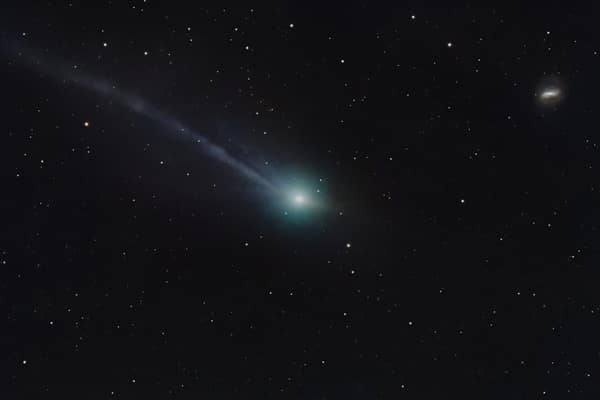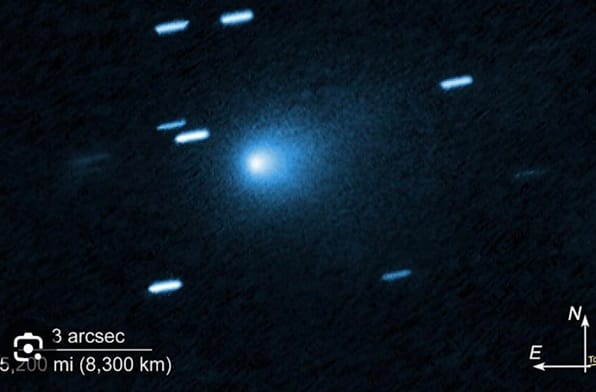fromLondon Business News | Londonlovesbusiness.com
1 week agoOMG science
Harvard scientist believes alien 3I/Atlas could have been sent to 'seed' life on Earth - London Business News | Londonlovesbusiness.com
Interstellar object 3I/ATLAS shows anomalous comet-like behavior prompting speculation about possible non-natural origins, including deliberate seeding by advanced life.



